Guide to Masonry Materials: Choosing the Best for Your Project
Choosing the right masonry materials is important in guaranteeing a project's durability, strength, and overall success. Masonry work is a technique...
5 min read
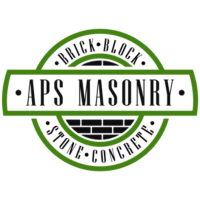 Alec Serowatka
:
Aug 4, 2023 10:19:52 AM
Alec Serowatka
:
Aug 4, 2023 10:19:52 AM
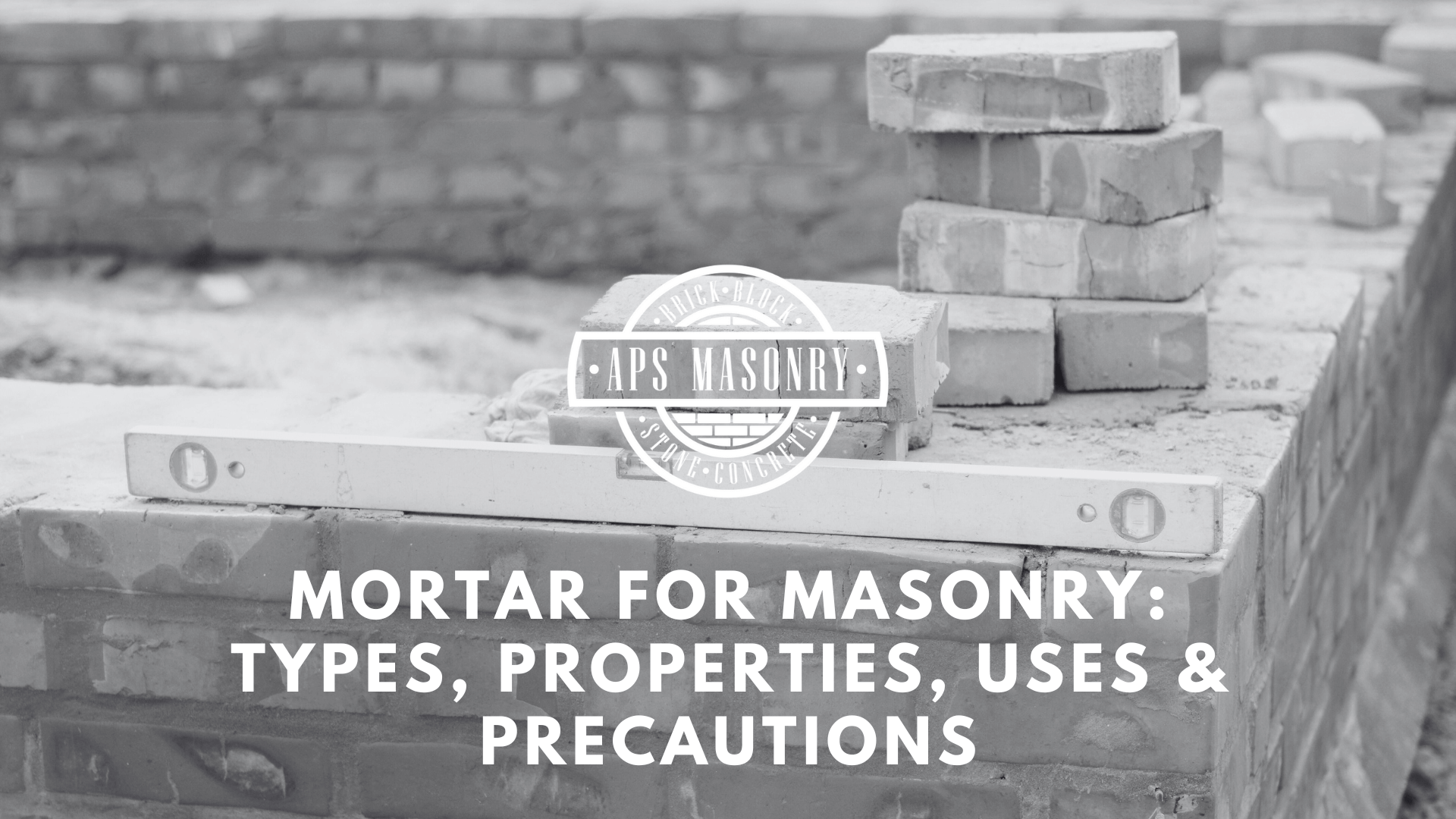
Mortar is a necessary building material that helps stick bricks, stones, or concrete blocks together to form sturdy structures. There are different types of mortar, such as those made with cement, lime, or epoxy, each designed for specific uses. Some mortars are strong, some are easy to apply, and others set quickly. Understanding these properties is important to make sure you choose the right mortar for your building project, making sure the structure will be durable and perform well.
"One tonne of ready mixed lime: sand, when gauged with the specified quantity of cement on-site, will generally be sufficient to lay approximately 1000 bricks", according to the Brick Development Association in the UK. These numbers show the importance of a fundamental understanding of mortar before mixing!
From traditional construction to modern innovations, mortar for masonry is pivotal in achieving structural integrity. However, proper precautions, like maintaining correct water ratios and protecting against harsh weather, are vital to prevent cracking and deterioration, ensuring masonry projects stand the test of time.
Mortar in masonry serves as a crucial bonding agent during construction. It is usually created by combining a cementing or binding material, like lime or cement, with a fine aggregate and water. The main purpose of mortar is to firmly bind various building blocks, such as bricks and stones, creating a strong and stable structure. Moreover, mortar's versatility allows it to be used creatively, forming decorative patterns within brick or stone masonry, adding strength and aesthetic appeal to the finished construction.
Each mortar type presents distinct properties and advantages, catering to specific construction needs and ensuring the longevity of masonry structures. Depending upon the materials used for mortar mixture preparation, the mortar could be classified into various types:
Cement mortar, composed of cement as the binding material and sand as the fine aggregate, finds a wide range of uses in construction. It is a fundamental bonding agent for various building blocks, like bricks and stones, ensuring structural integrity and stability. Cement mortar is commonly used for masonry, plastering walls, and laying floors, providing a strong and durable bond between surfaces. Its versatility allows it to adapt to different construction needs, making it a reliable choice for traditional and modern building projects.
Lime mortar incorporates lime as the binding material (fat lime or hydraulic lime) and sand as the fine aggregate, which serves distinct purposes in construction. Due to its compatibility with historical restoration projects, lime mortar is commonly used for preserving heritage structures like Independence Hall. Its breathable properties make it ideal for older masonry, allowing moisture to escape and preventing damage from trapped water. Additionally, lime mortar's flexibility and self-healing abilities contribute to its durability over time. It remains a preferred choice for restoring historic buildings and ensuring their continued preservation for future generations.
Surkhi is a powdered form of over-burnt broken brick or clay balls. In specific construction scenarios, a mason would opt for surkhi mortar, consisting of lime as the binding material and surkhi as the fine aggregate. Surki mortar proves economical and is commonly used in less critical areas of masonry work where high strength is not a primary requirement. Its cost-effectiveness makes it a practical choice for non-load-bearing walls, plastering, or as a base coat before applying a final finish. With lime's inherent qualities and surkhi's availability, this type of mortar offers an efficient and budget-friendly solution for certain construction projects.
The gauging process for gauged mortar involves combining two binding materials, cement, and lime, with sand as the fine aggregate. The purpose is to create a mortar that harnesses the best properties of both materials. Typically, the proportion of cement or lime to sand is carefully measured to achieve the desired balance of strength, workability, and durability. The gauging process ensures that the resulting mortar possesses enhanced properties compared to traditional lime mortar, offering higher strength while still being more economical than pure cement mortar. It is useful for various masonry projects, like building walls, foundations, columns, and floors, as well as for plastering and repairs.
Mud mortar mixes mud as the binding material and sawdust, rice husk, or cow dung as the fine aggregate. It becomes a valuable option where lime or cement might not be readily available or affordable. Mud mortar's eco-friendly nature makes it sustainable and suitable for certain traditional or rural building practices. Additionally, it exhibits decent thermal insulation properties, making it beneficial for regions with extreme climates. Although it may not possess the same strength as cement-based mortars, mud mortar's accessibility, affordability, and environmentally-friendly characteristics make it a viable choice in appropriate building scenarios.
Good mortar provides structural integrity, ensuring the stability and durability of the construction. The following is a list of key ideas to look for when observing high-quality mortar:
Mortar mix is an indispensable material in civil engineering, acting as a vital bonding agent between various building materials. Comprising water, fine aggregates like sand or surkhi, and binding materials such as cement or lime, mortar finds diverse applications in construction:
To ensure optimal use of mortar mix, consider the following precautions:
Hydraulic lime (Class A lime) - use within 4 hours
Surkhi - use within 24 hours
Cement mortar - use within 90 minutes of adding water
Considering the various requirements recommended, we advise that you seek professional guidance from masonry contractors with sufficient experience. Contact APS Masonry today!
Sand is a commonly used ingredient of mortar. The quality of sand is important to produce good mortar. Important notions to consider:
When it comes to concrete vs mortar, the main differences between them lie in their strength and primary functions. Mortar is less robust than concrete and is typically not used as the primary building material. Instead, it is the glue that binds bricks, concrete blocks, stones, and masonry elements together. Concrete, on the other hand, is a much stronger material and is commonly employed as the main structural component in construction projects, providing the framework and load-bearing capacity for buildings and infrastructure.
When choosing the right masonry mortar type for your project, several factors should be considered. Firstly, assess the project's structural requirements and load-bearing capacity to ensure the mason's expertise aligns with the specific needs. Secondly, evaluate the environmental conditions and exposure to elements, as this can influence the choice of materials and construction techniques. Lastly, select a mason who understands the importance of using the appropriate mortar type, considering factors like compatibility with the masonry units and the desired aesthetics to achieve a successful and durable outcome.
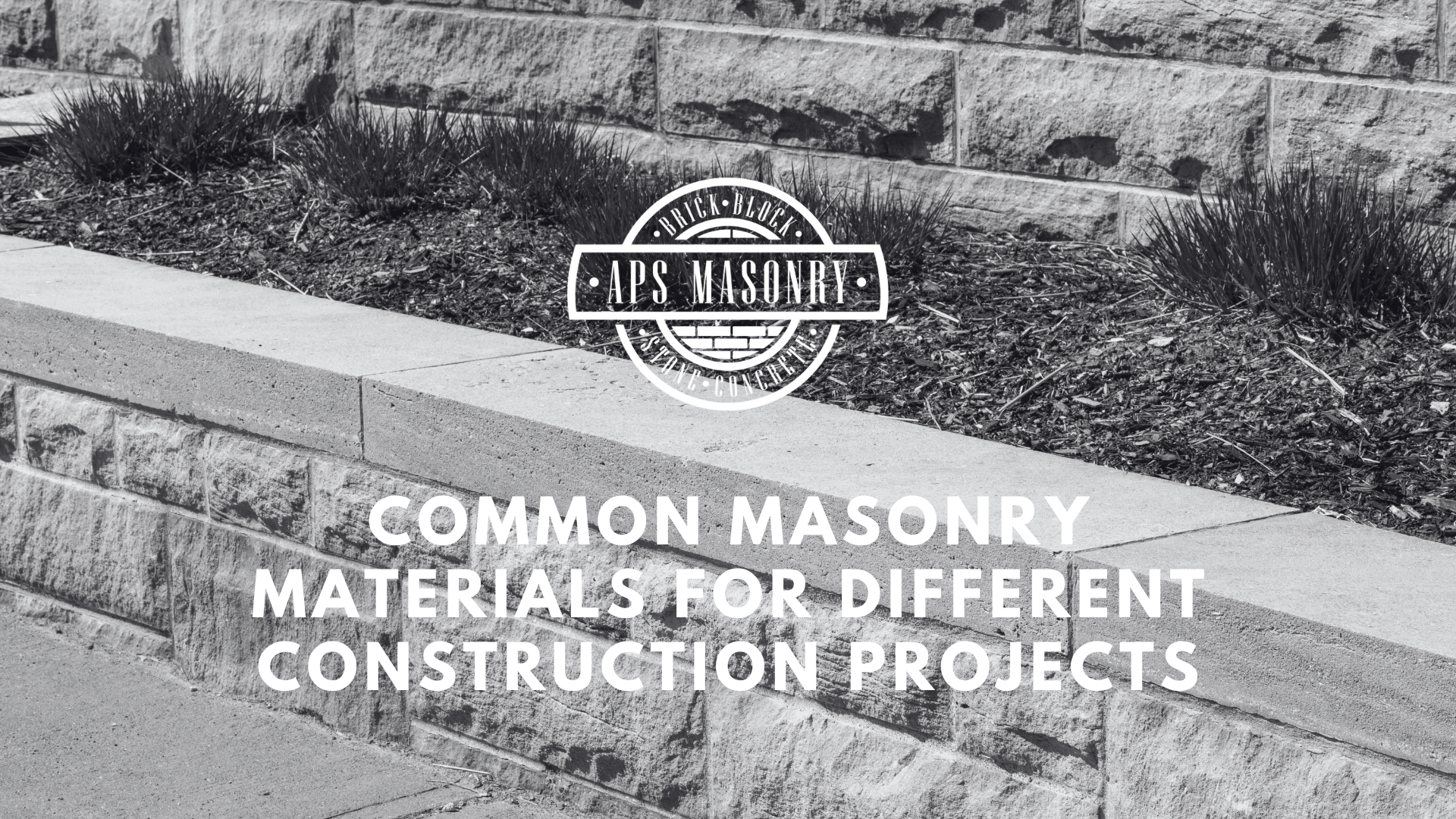
Choosing the right masonry materials is important in guaranteeing a project's durability, strength, and overall success. Masonry work is a technique...
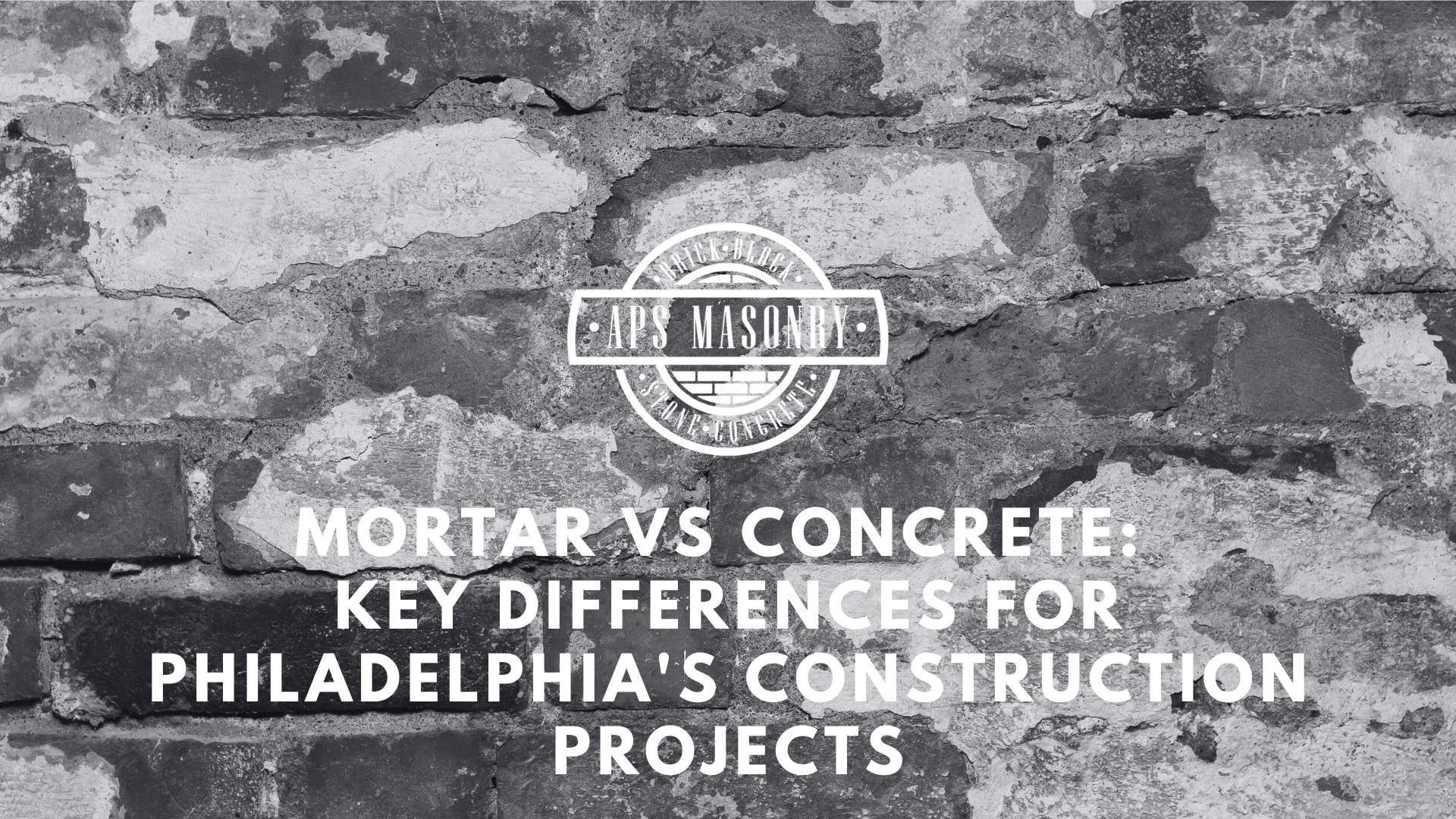
The differences between mortar and concrete are important for your construction projects in Philadelphia. Mortar is great for binding bricks and...
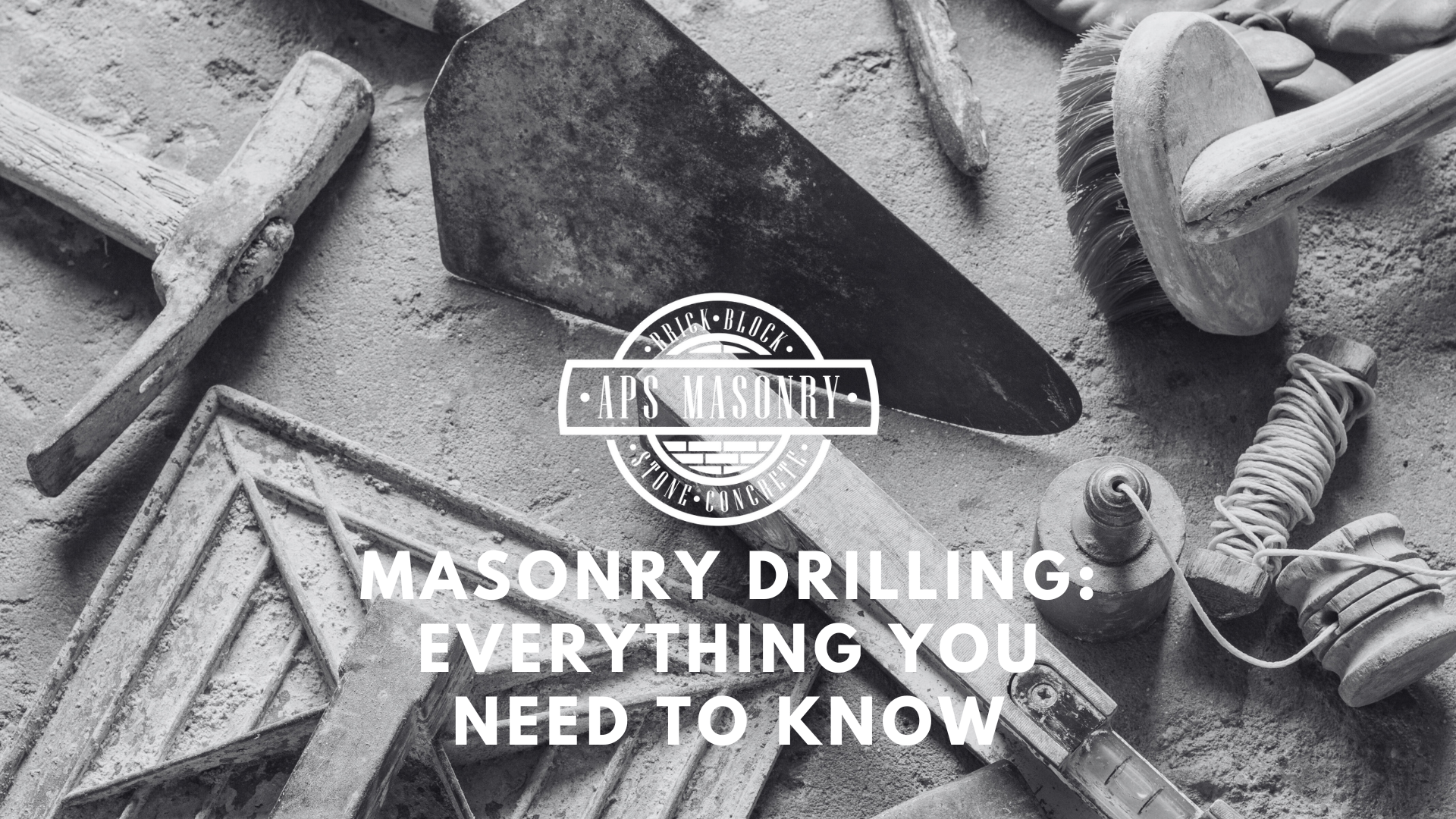
Masonry drilling is an important skill in both construction and various DIY projects. This process involves creating holes in materials like brick,...